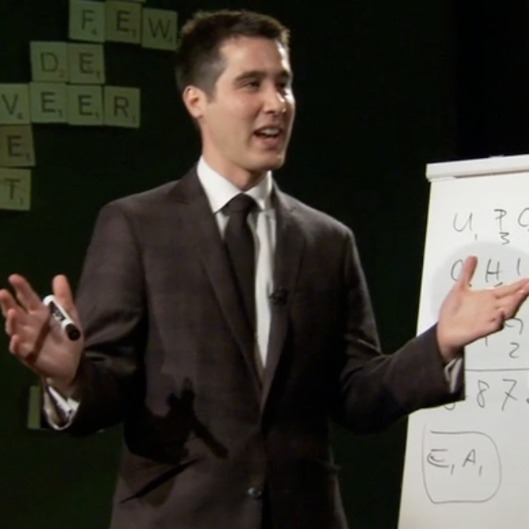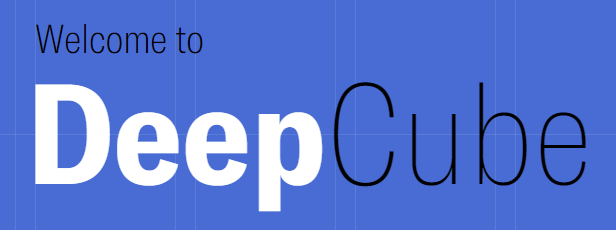
Yes, yes, it’s that time again. It’s hashtag game time!
For years now, we’ve been collaborating on puzzle-themed hashtag games with our pals at Penny Dell Puzzles, and this month’s hook was #PennyDellPuzzleToys, mashing up Penny Dell puzzles with action figures, cars, dolls, brands, characters, and anything else related to toys!
Examples include: Connect Four Square, Ouija Exchange Boards, and Bop-It’s Your Move.
So, without further ado, check out what the puzzlers at PuzzleNation and Penny Dell Puzzles came up with!
My Little Puzzler
Cabbage Patchwords / Cabbage Patchworks Kids
Alphabet Soup-erball
Bowl Gameboy
Mix and Matchbox Cars
Mr. Potato Headings / Mr. Potato Heads and Tails
Barbie Styling Heads & Tails
Barbie and KenKen Dolls
Evel Ken-ken-ievel action figure
License Fashion Plates
Stretch Armstrong Letters
Etch A Stretch Letters
Slide-O-Crayon
Slip and Slide-o-grams
Chutes and Letter Addition
Word Play-Doh / Play-Doh-ku
Word Playmobil
Blue’s Clues in Twos
The Match Game of Life
Mousetriplex
Diamond Minecraft
Raggedy Anagrams
Trivia Pursuit Frame
Mega Blokbuilders
Slinkywords
Sock Monkeywords
Linkwords-in-Logs
Lincoln Logic Problems
Anagram Magic 8-Balls / Anagram Magic 8-Ball Square
Anagram “Magic—The Gathering” Square
Brick by Rubik’s Cube
KakuRubik’s Cube
Rock ’Em Sock ’Em Kakurobots
Giant (Sudo)Koo-ties
Toss Across and Down
Jack in the Letterboxes
Furby Another Name / All Furby One
Ted-Dilemma Ruxpin
View Masterwords
See n’ Say That Again
Speak & Spellbound / Speak & Spelldown / Speak & Starspell
Strawberry Shortz-cake
Mighty Morphin’ Flower Power Rangers
Flower Pow-Pow-Power Wheels Pow-Power Wheels POWER WHEELS!
One of our contributors went above and beyond in musical fashion, resurrecting the old Crossfire riff for some puzzly fun:
It’s some Timed Framework in the future
The ultimate challenge
CROSSWORDS!
CROSSROADS!
You’ll get caught up in the
CROSSBLOCKS!
CROSS PAIRS!
You’ll get up in the
CROSS ARITHMETIC!
CROSS ANAGRAMS!
CROSSOUT QUOTE!
CROSSNUUUUMMMBBBEEEEEERRRRRRSSS!!!!
Have you come up with any Penny Dell Puzzle Toys entries of your own? Let us know! We’d love to see them!
Thanks for visiting PuzzleNation Blog today! Be sure to sign up for our newsletter to stay up-to-date on everything PuzzleNation!
You can also share your pictures with us on Instagram, friend us on Facebook, check us out on Twitter, Pinterest, and Tumblr, and explore the always-expanding library of PuzzleNation apps and games on our website!








